The exceptional houses being built in idyllic countryside spots, thanks to the foresight of Paragraph 79
Many of the most beautiful parts of Britain are subject to strict building restrictions — but for the very best architecture, there is a way to bypass them: Paragraph 79.
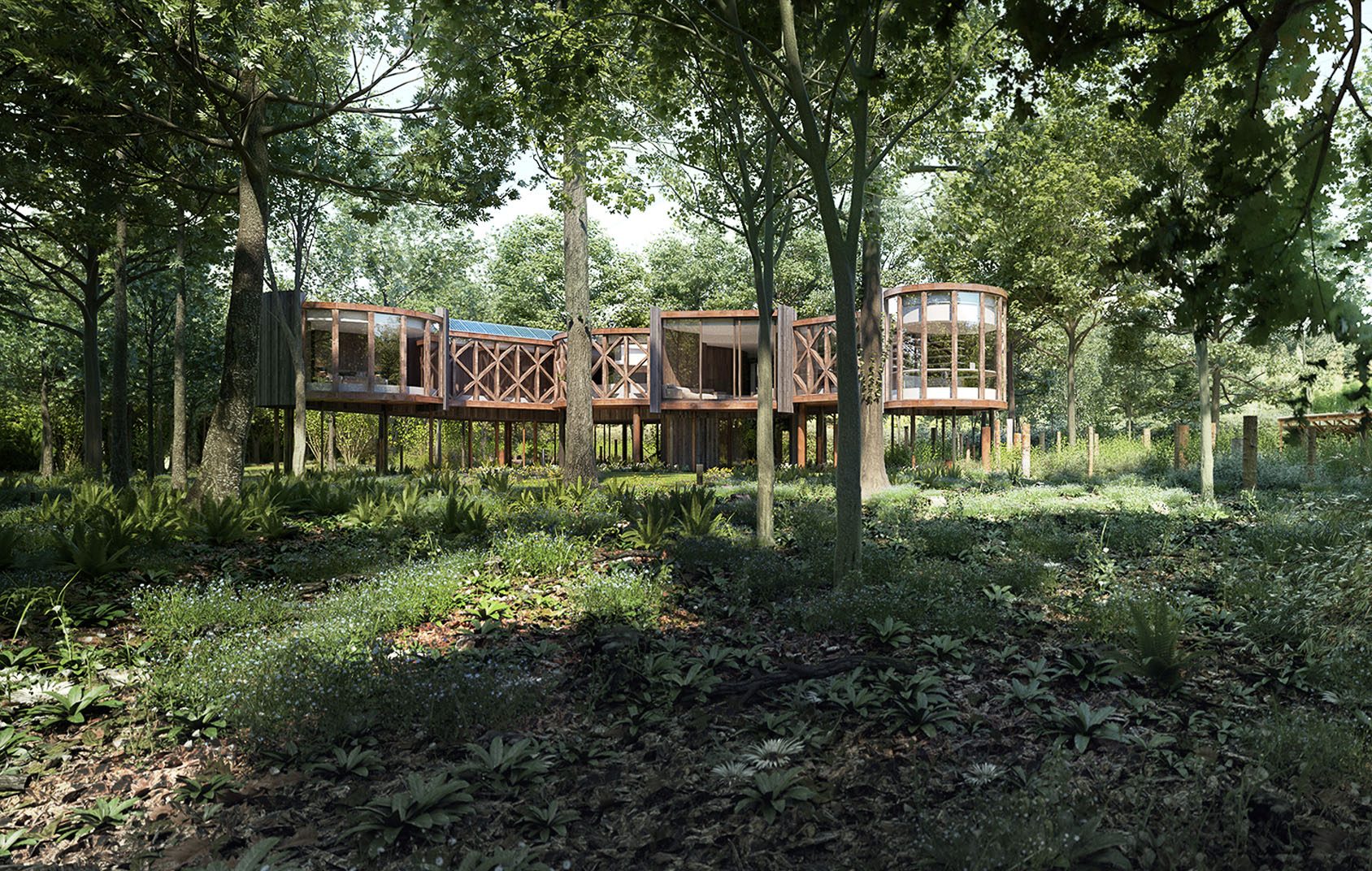

'It’s a pretty good job,’ says Richard Hawkes. ‘I get to go to work every day and design exceptional buildings. It’s not a bad way to wake up.’
Mr Hawkes is the director of Hawkes Architects, a practice that specialises in designing buildings that comply with paragraph 79 of the National Planning Policy Framework, or Para 79 for short. You will have seen these houses if, as I was, you were self-isolating to Grand Designs before it was cool. Indeed, you may have seen Mr Hawkes on the very same show.
Para 79 began life back in 1997 as Planning Policy Guidance 7 (PPG7) and was introduced by then-Environment Secretary John Gummer (now Lord Deben). In its original form, the guidance stated that:
‘An isolated new house in the countryside may also exceptionally be justified if it is clearly of the highest quality, is truly outstanding in terms of its architecture and landscape design, and would significantly enhance its immediate setting and wider surroundings…‘This means that each generation would have the opportunity to add to the tradition of the Country House which has done so much to enhance the English countryside.’
As years and governments have passed, PPG7 slowly transformed into Para 79, but the initial framework still stands. The current legislation states that a house given Para 79 planning permission must be ‘of exceptional quality, in that it is truly outstanding or innovative, reflecting the highest standards in architecture, and would help to raise standards of design more generally in rural areas’.
Perhaps most importantly, however, the building must ‘significantly enhance its immediate setting, and be sensitive to the defining characteristics of the local area’.
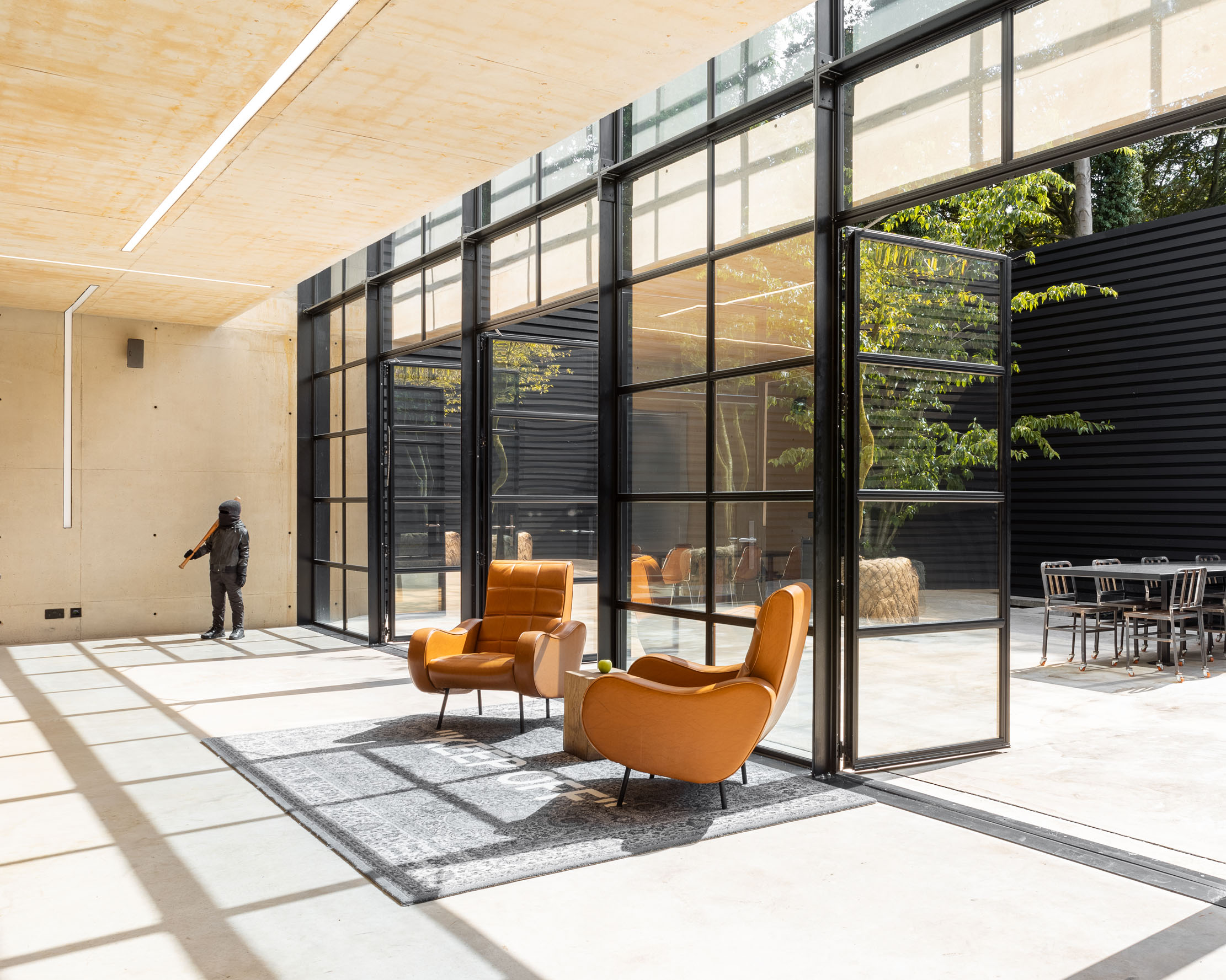
Those final two clauses are vital, explains Mr Hawkes. ‘What I think is unique about Para 79 is that it’s a very English piece of policy,’ he says. ‘Because of the final two tests, these buildings demand respect of the landscape, which you don’t see in the architecture of other countries. You see beautiful homes worldwide, but, generally speaking, they contrast with their landscapes. Para 79 demands that you understand a sense of place.’
‘These will be the listed buildings of the future,’ agrees Rob Hughes, director at Hughes Planning Consultancy, who’s worked on Para 79 for some 15 years. ‘There are very few examples of exceptional new houses in the countryside. Those old buildings we love are part of its history and these new buildings will become a new part of that history.’
Sign up for the Country Life Newsletter
Exquisite houses, the beauty of Nature, and how to get the most from your life, straight to your inbox.
"What you’ll find on one now will become standard for everyone in 10 years’ time. Everyone benefits in the long run"
The future will undoubtedly be a green one and another benefit of the legislation’s ‘outstanding or innovative’ clause, is that these houses are often testbeds for the green technology of tomorrow. Solar panels, heat-recovery systems and biomass are all examples of now commonplace technology that began life on Para 79 houses. Mr Hawkes tells me of when he was building his own Para 79 home and how a contractor described it as ‘the Formula 1 of housebuilding’.
‘It’s these homes that test things and push the boundaries,’ Mr Hawkes continues. ‘There are various things that Para 79 houses do that are considered a bit avant-garde, but it’s the trickle-down effect. What you’ll find on one now will become standard for everyone in 10 years’ time. Everyone benefits in the long run.’
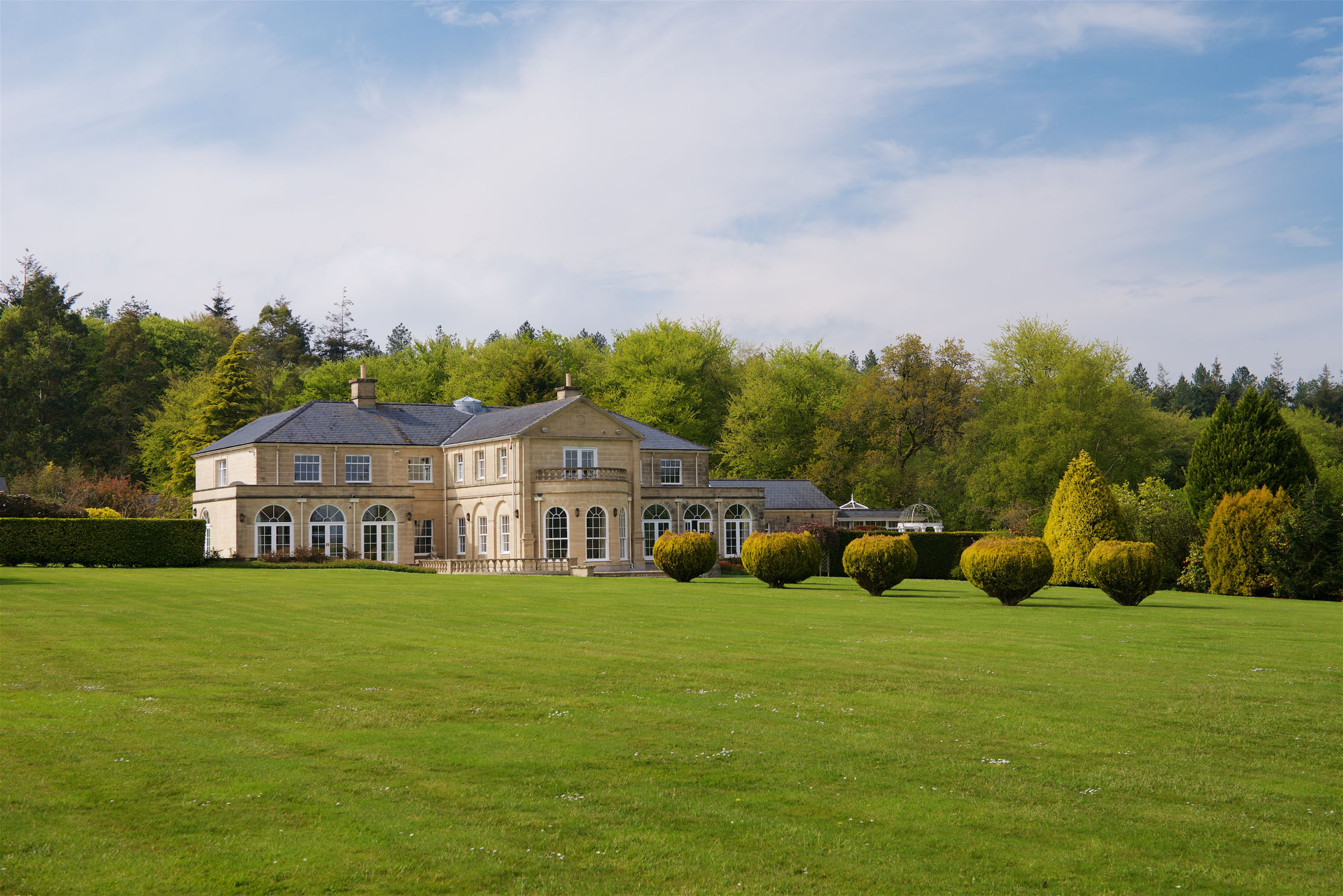
James Ellis, an associate planner at Rural Solutions, agrees. He points to the example of Autarkic in Devon, which will be Europe’s first off-grid hydrogen-powered house when it’s built. Sustainability doesn’t only mean new technology either, but also new materials.
‘We recently received consent to build a new house in the Blackdown Hills AONB, the first in the UK to be made out of beech,’ he tells me. ‘It’s an ancient material, but we’ve never used it in housebuilding. So we’ve gone from hydrogen to beech in a week.’
Building on green-belt land or in AONBs is always going to raise an eyebrow from those living in the countryside. We are, rightly, protective of our green spaces and it’s vital that we look after them not only for ourselves, but for generations to come.
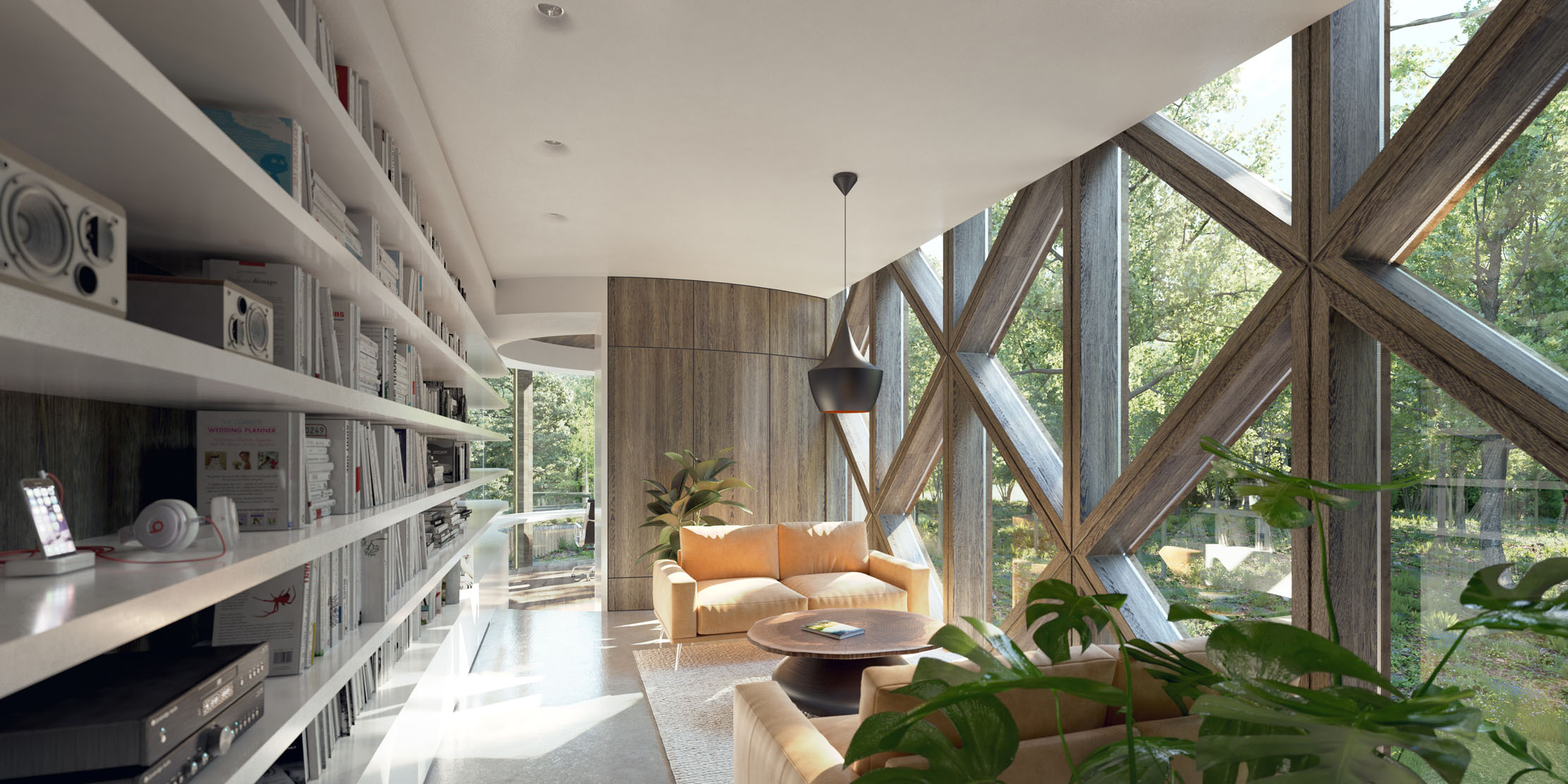
What justification do we have for building these properties, then? ‘I think Para 79 is the antithesis to the modern housing estate,’ Mr Hughes assures me.
‘Most Government policy is about the delivery of sheer numbers of dwellings. You drive through Oxfordshire and you will see the same kind of housing estate. They look similar and the houses are boxes. The opportunity to do something such as a Para 79, which requires a specific design, for that specific place, in that part of England — that’s special.’
‘Kevin McCloud did a piece of filming,’ Mr Hawkes reminisces. ‘It didn’t make the final edit, but he was talking about the diversity of the English landscape. Our geology, dialect, our botany, materials, styles and heritage are all so diverse and have shaped our architecture and our landscapes, so it’s right that Para 79 should force us as architects to understand and respond to that rich tapestry.’

Credit: The Grantley Group
The one-of-a-kind eco property which overcame planning permission to be built in the Surrey Hills AONB
Ozone was granted permission through Paragraph 55, an extremely rare clause which allows permission under the condition that the property
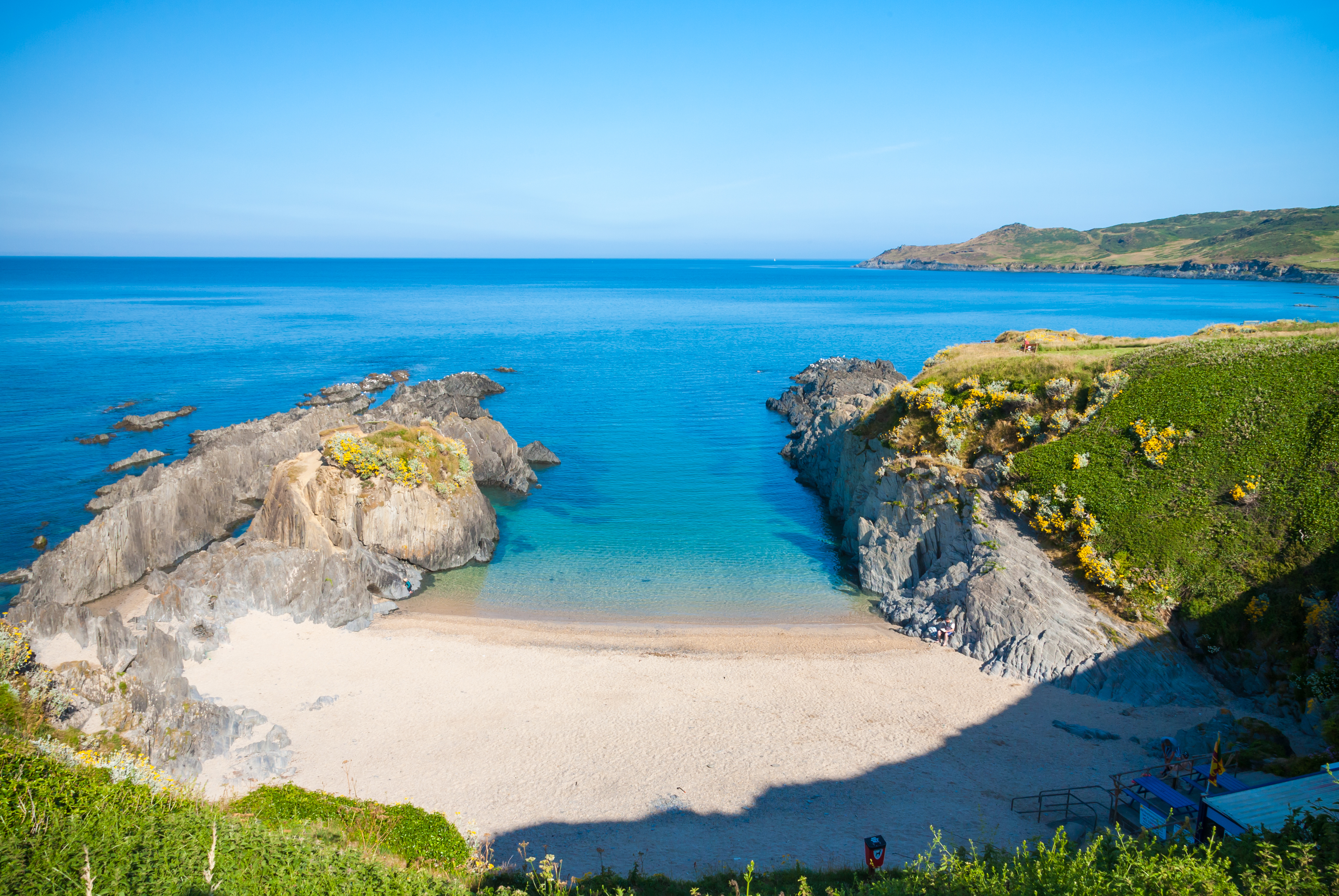
Rosie and Jim: 'You’re stuck/safe in one of the UK’s most beautiful swathes of countryside, so give thanks and get outside'
It's not just flour and toilet roll that's hard to get hold of during lockdown; it seems that paragraphs are

James Fisher is the Deputy Digital Editor of Country Life. He writes about property, travel, motoring and things that upset him. He lives in London.
-
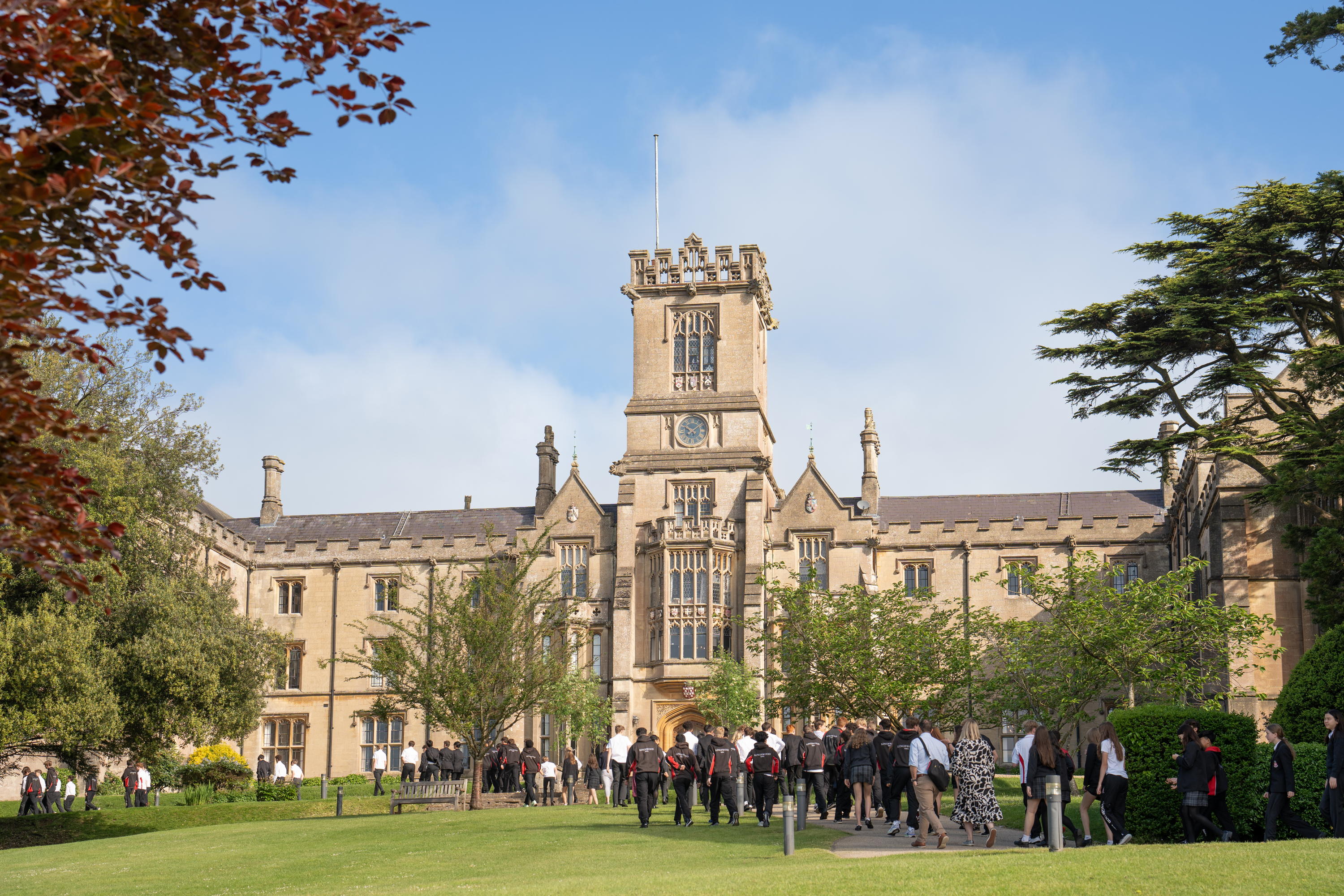 Kingswood School
Kingswood SchoolKingswood School is an independent, co-educational school in Bath where intellectual rigour, creativity, and compassion thrive.
By Country Life Published
-
 Vintage tractors and memories of summers past, with Oliver Godfrey
Vintage tractors and memories of summers past, with Oliver GodfreyOliver Godfrey, head of machinery at Cheffins, joins the Country Life podcast to talk about the joys of vintage tractors
By James Fisher Published
-
 Schreiber House, 'the most significant London townhouse of the second half of the 20th century', is up for sale
Schreiber House, 'the most significant London townhouse of the second half of the 20th century', is up for saleThe five-bedroom Modernist masterpiece sits on the edge of Hampstead Heath.
By Lotte Brundle Published
-
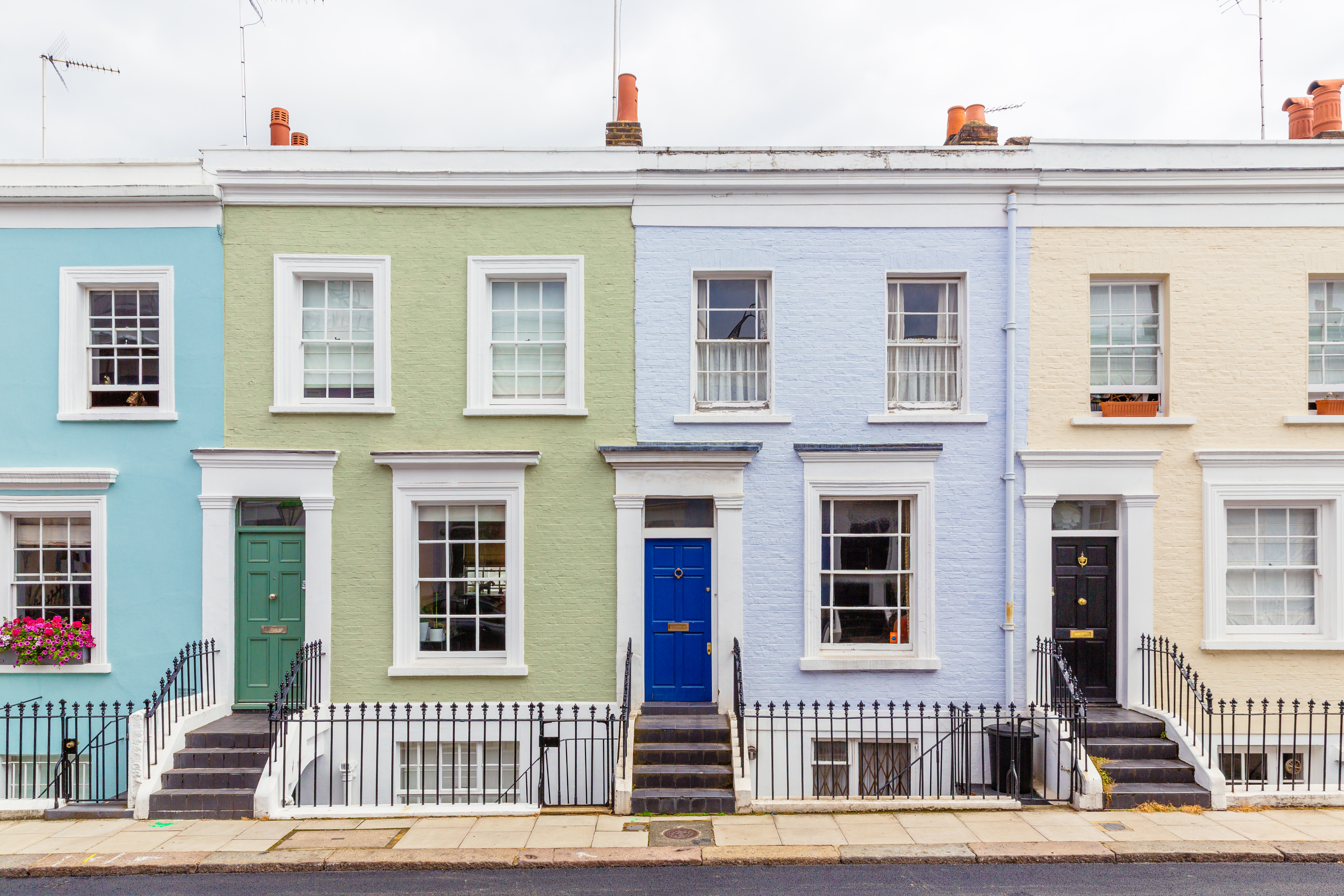 Is the 'race for space' officially over?
Is the 'race for space' officially over?During the lockdowns, many thought the countryside was the place to be. It seems many are now changing their minds.
By Annabel Dixon Last updated
-
 What's a 'wellness village' and will it tempt you back into the office?
What's a 'wellness village' and will it tempt you back into the office?The team behind London's first mixed-use ‘wellness village’ says it has the magic formula for tempting workers back into offices.
By Annunciata Elwes Published
-
 A mini estate in Kent that's so lovely it once featured in Simon Schama's 'History of Britain'
A mini estate in Kent that's so lovely it once featured in Simon Schama's 'History of Britain'The Paper Mill estate is a picture-postcard in the Garden of England.
By Penny Churchill Published
-
 Hidden excellence in a £7.5 million north London home
Hidden excellence in a £7.5 million north London homeBehind the traditional façades of Provost Road, you will find something very special.
By James Fisher Published
-
 Sip tea and laugh at your neighbours in this seaside Norfolk home with a watchtower
Sip tea and laugh at your neighbours in this seaside Norfolk home with a watchtowerOn Cliff Hill in Gorleston, one home is taller than all the others. It could be yours.
By James Fisher Published
-
 A Grecian masterpiece that might be one of the nation's finest homes comes up for sale in Kent
A Grecian masterpiece that might be one of the nation's finest homes comes up for sale in KentGrade I-listed Holwood House sits in 40 acres of private parkland just 15 miles from central London. It is spectacular.
By Penny Churchill Published
-
 A medieval house with a dozen bedrooms, a Great Hall and its own bar, set amid some of the finest landscapes in England
A medieval house with a dozen bedrooms, a Great Hall and its own bar, set amid some of the finest landscapes in EnglandUpper House in Derbyshire shows why the Kinder landscape was worth fighting for.
By James Fisher Published
